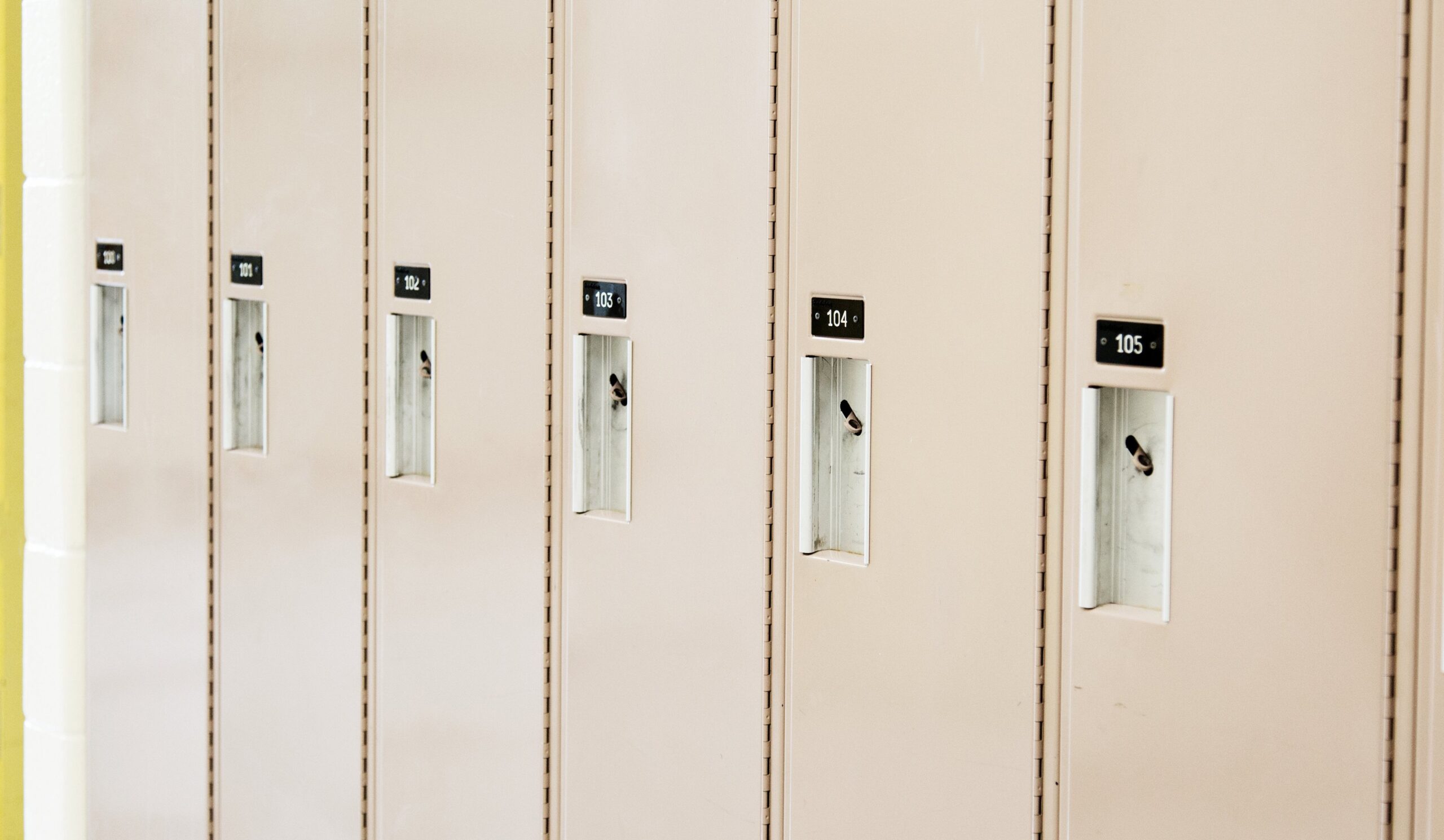Today’s lesson: Turning student “mistakes” into “teachable moments.”
We know that mistakes are an incredibly valuable learning tool. Just ask Thomas Edison: “I have not failed. I’ve just found 10,000 ways that won’t work,” said he. And it’s no secret that mistakes played a role in many world-changing inventions, from penicillin to the microwave oven.
But in the classroom, it can be challenging to overcome the built-in stigma associated with mistakes or with being “wrong.” To do so requires deliberately cultivating a safe and caring atmosphere in which mistakes are welcomed as a normal, natural — and ultimately very important — part of the learning process.
For teachers, this means reacting to mistakes with understanding, encouragement and positivity rather than frustration; and of course, ensuring that students know that laughing at or ridiculing an incorrect answer is never acceptable.
“You’ll be surprised at how much student engagement and interaction will soar once they realize that nobody is going to laugh or be angry with them, including the teacher, if they get the answer incorrect,” writes Serena Pariser, a teacher, educational blogger and author of “Real Talk About Classroom Management: 50 Best Practices that Work and Show You Believe in Your Students.”
Pariser recalls that early in her teaching career, “My students used to come to me each year with the notion that quieter is better than talking and making a mistake.” To help them “get over their fear of making mistakes when sharing or presenting,” she assured them that “I wanted to hear their voices, and that I needed to hear what they have learned so I could reguide them as necessary.”
Several of her strategies for avoiding “shutdown” in students include:
Inviting classmates to “help out” when a student is searching for the correct answer (example: “You’re on the right track, who can help him/her out?”).
Reminding them that the flip side of giving a wrong answer is that they are “just one step closer to the right answer.”
Reacting with positivity rather than frustration. (Wrong answers for teachers include: “We spent twenty minutes on this yesterday. Were you not paying attention?” Better to say something like, “You’re all so smart. I know somebody can figure this out.”)
“This type of classroom leads to a classroom full of raised hands because students are eager to try,” says Pariser, who now works as assistant director of field experience at the University of San Diego.
Additional strategies for encouraging students to learn from mistakes include emphasizing positive qualities such as:
Changing their perspective (“Let’s look at this another way.”)
Persistence (“Keep trying, you can do this.”)
Resilience (“This is tough, but I bet you can figure it out.”)
Self-compassion (“It’s OK to be a little confused. We don’t always know the answer right away.”)
Psychologist, author and youth development consultant Marilyn Price-Mitchell reminds that, whether inside the classroom or out in the world, “Learning from mistakes and errors is an important part of child and adolescent development. Most adults understand this concept. Yet, we have failed to teach our children that there is a positive side to getting things wrong.”
In an article titled “Learning from Mistakes: Helping Kids See the Good Side of Getting Things Wrong,” her list of tips includes:
Acknowledge that you don’t expect them to be perfect.
Don’t rescue kids from their mistakes; instead, focus on the solution.
Praise children for their ability to admit their mistakes.
Help kids look at the good side of getting things wrong.
Mistakes are a vital part of the educational process in any classroom, because they can be instructive in illustrating where additional focus may be needed. But it also helps to understand “the science behind mistakes.”
Telling students they need to take advantage of the feedback they get isn’t just good advice — it’s established science, according to an Edutopia.org article titled “Teaching Students to Embrace Mistakes.”
“So why don’t students view their mistakes as a valuable asset? Well, students don’t think about their mistakes rationally — they think about them emotionally.” The article suggests that it is common for students to experience mistakes as something that makes them feel less smart, but that teachers can help consciously change this perspective in their students.
“Changing your students’ perspective on mistakes is the greatest gift you can give yourself as a teacher. Imagine having a classroom of students who are engaged and constantly improving — it’s every teacher’s dream.”






